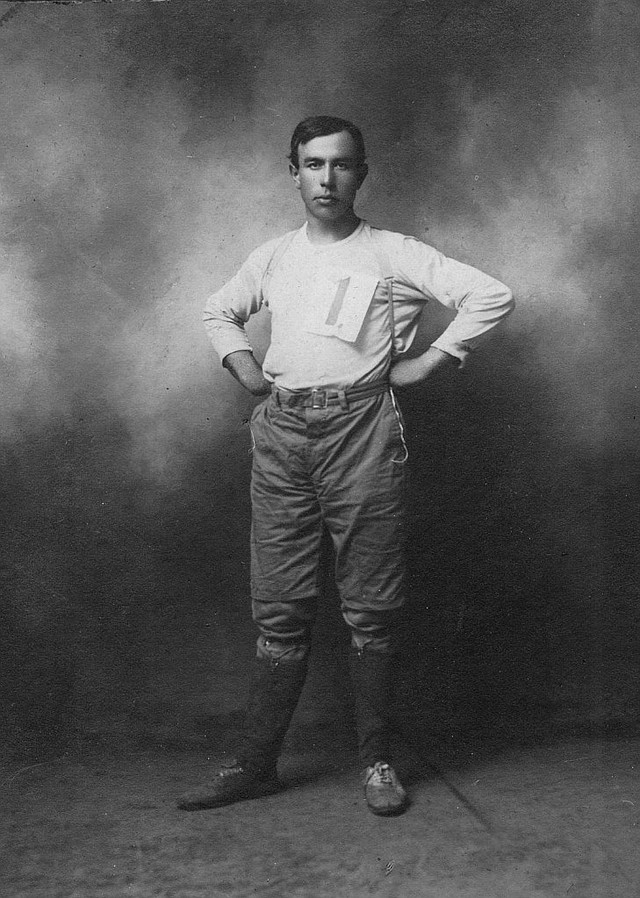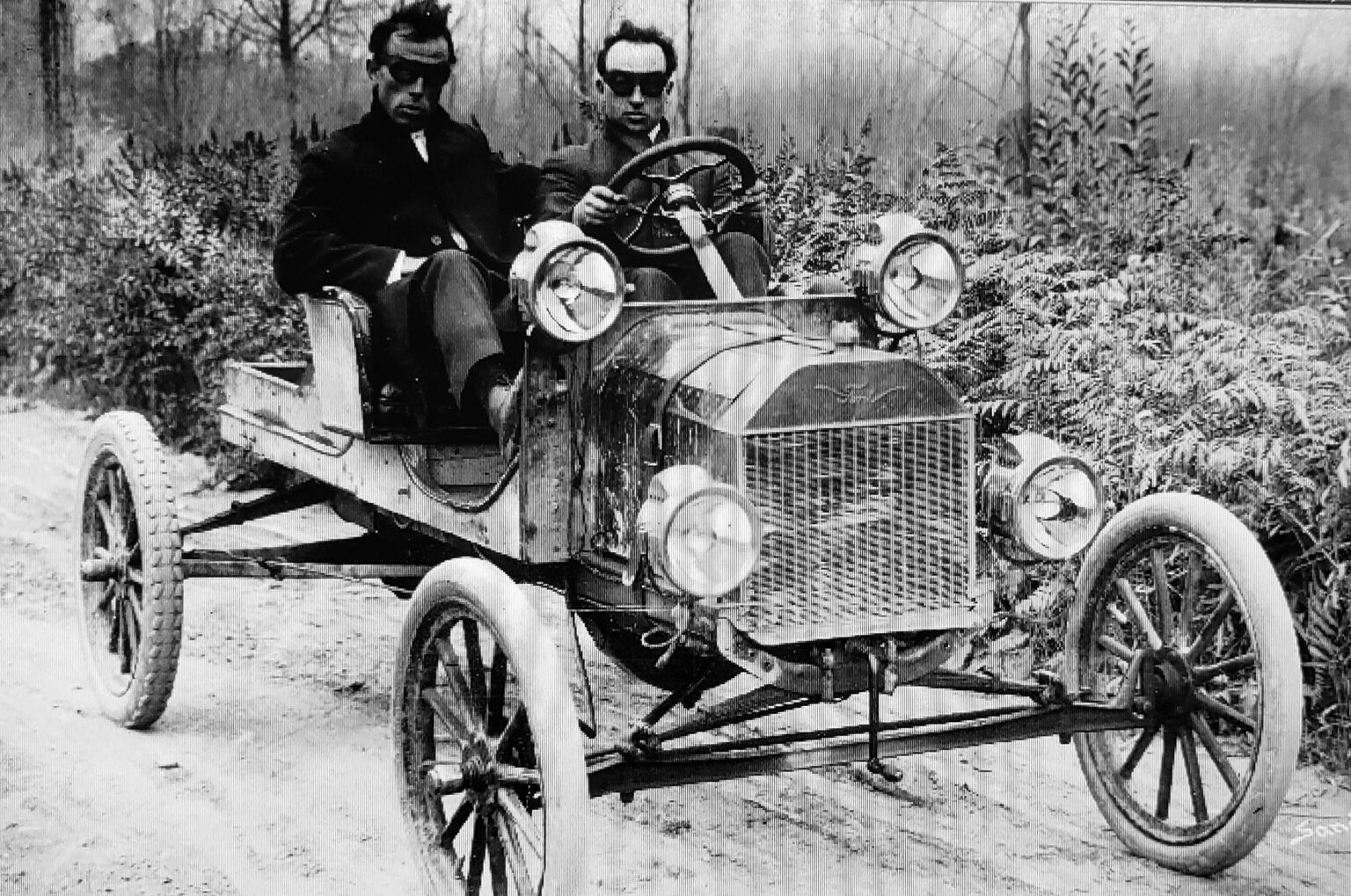The seven-leg relay race people know and love today as Ski to Sea was once a one-person race without a relay, craft beer garden at the finish line or advanced safety precautions.
The first official Ski to Sea race was in 1973, but the history of the race can be traced back even further all the way to 1911 with the Mount Baker Marathon.
Looking to increase tourism and civic pride, the Mount Baker Marathon was created with two different routes in Glacier and Deming. It was a one-person race with no relay aspect.
Those competing on the Glacier route would leave Bellingham from the building that is now the Chuckanut Bay Distillery on Cornwall Avenue. At the time, the building was the Bellingham Chamber of Commerce.

“The runners would run out of that building, and if they were going on the Glacier route, they would get on a train on Railroad Avenue,” said Kolby LaBree, co-owner of the Good Time Girls. Good Time Girls has been offering historical walking tours of Bellingham since 2011. “The train would take them to Glacier where they would then run up the Glacier route trail up to the summit and then reverse and come back.”
Those taking the Deming route would travel by car from Bellingham before jumping out and running up the mountain that way.
“It’s 1911, 1912 and 1913 when they had this race, so these are like old-school cars with no roof or anything,” LaBree said. “They’re hauling up the Mount Baker Highway to Deming and then running.”
The origins of Ski to Sea with the Mount Baker Marathon are filled with tons of little stories, LaBree said.
The first year the Mount Baker Marathon was held, the runner in the lead was on the train coming back to Bellingham when the train derailed after hitting a bull, LaBree said. The bull was later barbecued.
The first official winner of the Mount Baker Marathon was Joe Galbraith, a local logger who competed in the inaugural 1911 race.

A couple years later, Victor Galbraith, Joe’s cousin, fell into a crevasse on his way back down the mountain which ended up being a main factor in deciding to end the race completely, LaBree said.
The Ski to Sea race that people know today was born as part of the Blossom Time Festival, which evolved out of the Tulip Festival.
“That happened in the 1920s when Bellingham had all the tulips before they went to Skagit County,” LaBree said. “There were a lot of tulip farms and things here, so they made this big tulip festival, but bad weather and the Depression kind of ended all of that.”
The Blossom Time Festival was revived in 1947 after World War II.
“People were in the mood for that kind of thing again,” LaBree said.
Ski to Sea was introduced as a race feature in 1973 and fully replaced Blossom Time around 1980.

It was a simple race at the time, with only three legs of skiing, bicycling and canoeing that covered 35 miles and ended at Hovander Park.
A sailing leg was added in later years to have the race end in Fairhaven. The sailing leg eventually became the kayaking leg of today’s race.
Different legs of the race have come and gone over the years since its inception.
“It’s gotten to be such a big event and you get a lot of people coming from different places in the world and people who are really hardcore,” LaBree said. “I love it and all the events that surround it.”
The coronavirus pandemic canceled the event in 2020 for the first time in the race’s history.
Ski to Sea will begin at 7:30 a.m. Sunday where cross-country skiers will mark the highly-anticipated return of a Bellingham Memorial Day tradition.




